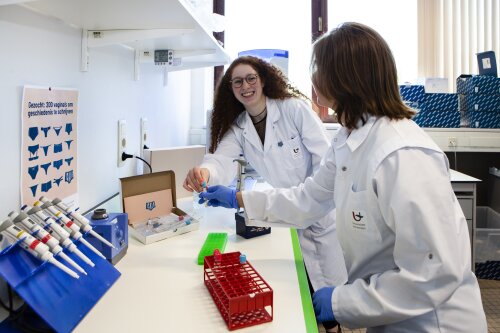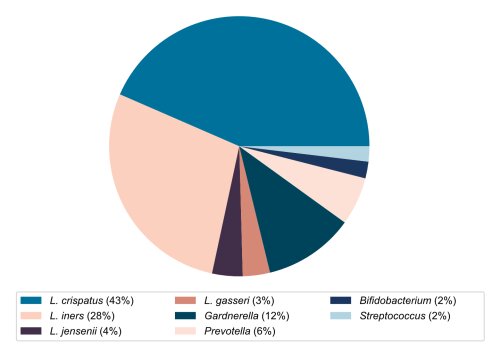Flanders’ vaginas home to healthy Lactobacillus bacteria
Isala project (UAntwerp) maps vaginal microbiota of more than 3300 women
24 June 2021
Good news for women’s health in Flanders: more than 80% of vaginal microbiota are rich in a bacterium from the Lactobacillus genus. ‘This bacterium is known for its health-promoting properties’, say the researchers involved in Isala, a unique citizen science project being run by the University of Antwerp.
With their Isala project, scientists from the Department of Bioscience Engineering have managed to set up the world’s largest ever citizen science study into the vaginal microbiome. The project’s success has exceeded all expectations. More than 3300 women took vaginal swabs in the privacy of their own bathrooms and sent them back to the lab for innovative analysis. The team had initially hoped for around 200 participants. Launched just as the corona crisis began to bite, the initiative was nevertheless a success thanks to its taboo-breaking communication style and the support of ambassador Evi Hanssen and many other influencers. It is the first time that so many samples have been collected from healthy women.
Nice mix of participants
‘The participants also completed a detailed online questionnaire about their health, contraceptive use, previous pregnancies, sexual habits, diet, hygiene and lifestyle’, explains Sarah Ahannach. ‘The youngest woman to participate in Isala was 18 years old; the oldest was an impressive 98. A total of 1921 participants had been pregnant at least once, and all Isala women together identified with no fewer than 99 different cultures.’

The scientists succeeded in describing the composition of the microorganisms (or microbiome) of the participants’ vaginas using high-tech DNA analysis. All participants received the results of their analyses on Wednesday 23 June. Some general conclusions can already be drawn from the first set of data.
Eight different types
‘Each Isala participant has a unique vaginal microbiome, but we can see some patterns in the vaginal profiles of the 3300 samples we examined using DNA analysis’, says Prof. Sarah Lebeer. ‘We’ve divided the vaginal microbiota into eight types based on the most frequently occurring bacteria.’

In more than 80% of all women, a Lactobacillus bacterium was found to be the most common. That was more than expected and good news for vaginas in Flanders. After all, these bacteria are known for their health-promoting properties. Follow-up research funded by the European Research Council (ERC Project 852600 Lacto-Be) now aims to describe those properties in more detail.
Lifestyle changes
The researchers found that the vaginal microbiome is dynamic, and that’s good news too. Lebeer: ‘It means that, in theory, it’s possible to improve your vaginal microbiome by changing your lifestyle. Though we can’t yet say exactly what you should do to improve your vaginal microbiome. We first need to do more research into what really constitutes a 'healthy microbiome' and which factors have the greatest impact. But we’re hopeful that we can use the results of the Isala project in the coming months and years to make very specific recommendations and even develop diagnostics and therapies to help women who are experiencing certain symptoms. This way, Isala is part of the fight against antibiotic-resistant bacteria, and we think we can also play a role in ensuring healthier pregnancies.’
Two doctors involved in the Isala project – Prof. Veronique Verhoeven, a GP, and Prof. Gilbert Donders, a gynaecologist – had the following advice: ‘anyone who’s worried about their vaginal health or bothered by annoying symptoms should get in touch with their GP’.